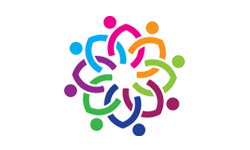The first four modules of this toolkit introduced the features of our Work Design for Health approach, and described some promising practices for workplace change that can help employers create an overall culture of health in their organizations. If you are interested in taking the next step at your organization, this module offers some concrete guidance for implementing our approach to Work Design for Health. Our guide is not a one-size-fits-all solution, but you can review it for tips and resources on starting the conversation, identifying problems, and planning, implementing, and evaluating workplace changes.
Starting the Conversation
-
Make the case for change within the company. In some organizations, leaders will be eager to make changes that may improve health and well-being because those investments seem consistent with the company’s values, identity, or mission. In other organizations, it is important to provide evidence that investing in employee health and well-being is good for the business. See linked resources below for ideas on how to make the business case.
-
Ensure buy-in from all levels of leadership. Encourage a positive organizational climate of problem-solving and change. Senior leadership has influence over workplace culture and policy, though middle management is likely involved in implementing any changes, so their support is also crucial.
-
Designate a committee or steering group. This group will help direct the project and oversee its implementation. Be sure to include people from all levels of the organizational hierarchy. An inclusive steering group helps ensure support for the proposed changes among frontline employees, middle management, and senior leadership.


